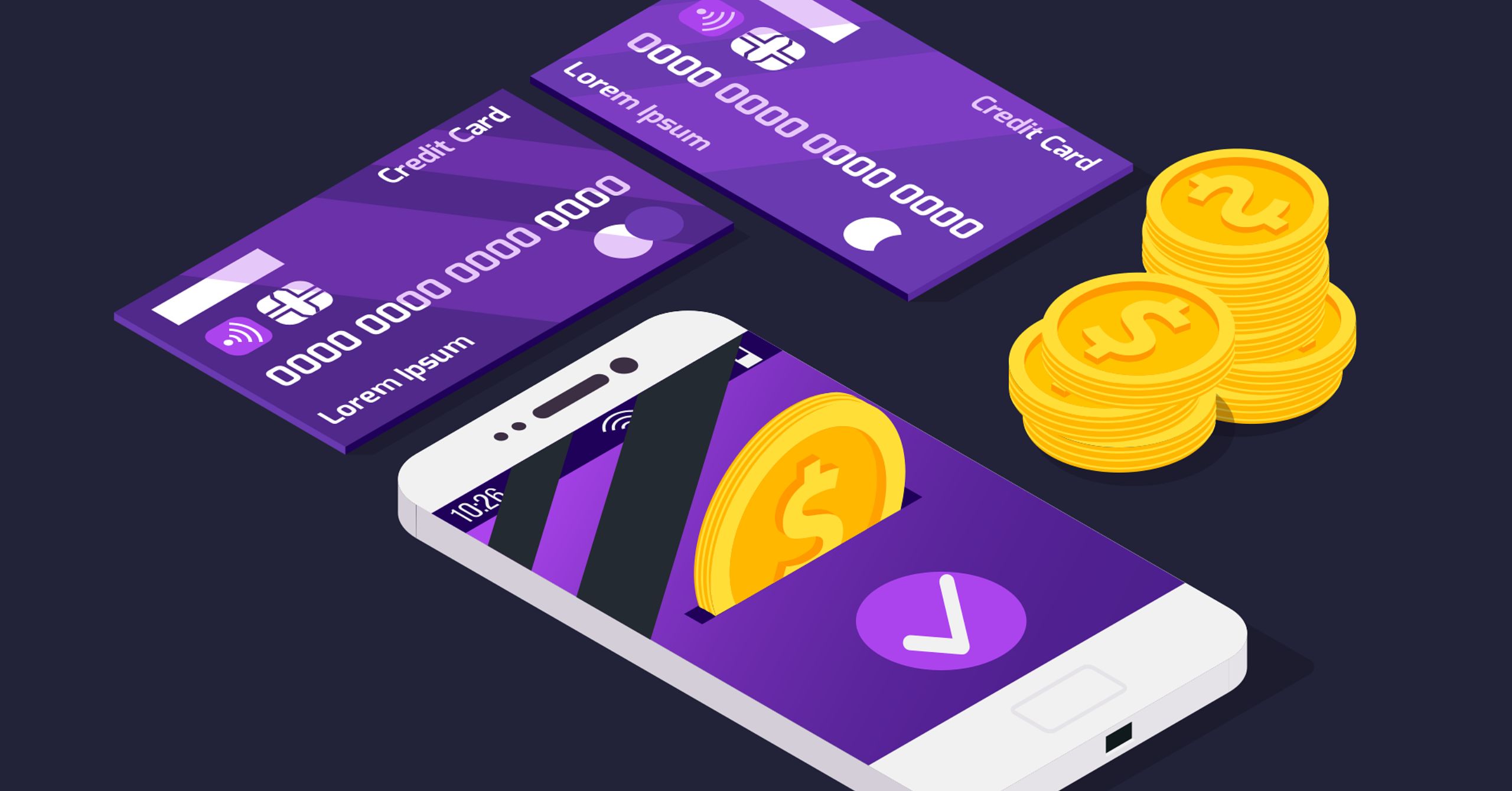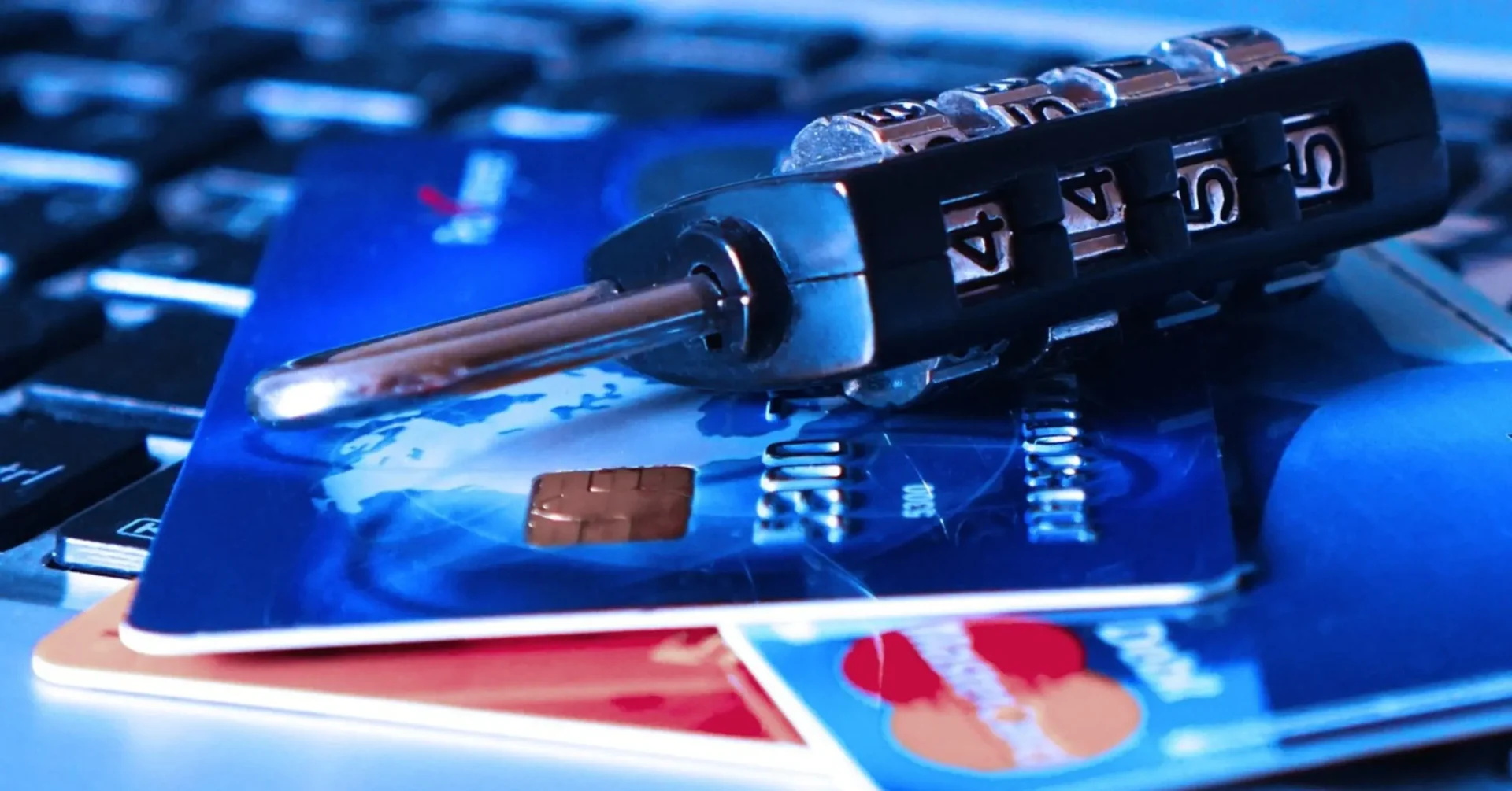Which Financial Products are the Most Popular Among Filipinos?

According to a study, Filipinos are now diversifying their usage of financial products in order to diversify their wealth.
The Philippines’ first comprehensive private credit reference agency, TransUnion, has released its second annual Credit Perception Index, which provides a deeper understanding of Filipinos’ perceptions towards credit and the various financial products available to them.
According to the study, most Filipinos (70%) now have a general understanding of what credit is. This is an increase from the 2023 results of the same study.
The study also notes that there has also been an increase in credit-based product ownership. This is most evidently seen in credit cards, debit cards, and savings accounts.
However, none of these products have topped the list of financial products most owned by Filipinos. Based on the Credit Perception Index, the top financial tool most owned by Filipinos is none other than e-wallets.
Financial Products Most Owned by Filipinos
According to the study, 79% of the general Philippine population owns an e-wallet. This statistic, however, is a 6% decrease from the 2023 figures. Savings accounts are the second most-owned financial tool by Filipinos, with 75% saying that they own the product. This is an 11% increase year over year.
Debit cards (52%) and credit cards (40%) came in third and fourth, respectively. Ownership of credit cards has seen the greatest increase from 2023 as it rose by 15%. Finishing off the top five are virtual bank accounts (29%), which increased by 9%.
The complete list of financial products most owned by Filipinos is found below.
| Financial Tool | Percentage (%) |
| E-wallets | 79% |
| Saving Accounts | 75% |
| Debit Cards | 52% |
| Credit Cards | 40% |
| Virtual Bank Accounts | 29% |
| Personal Loans | 25% |
| Checking Accounts | 19% |
| Cryptocurrency | 17% |
| Mutual Funds / ETFs | 12% |
| Other Bank Accounts | 12% |
| Mobile Loans | 11% |
| Stocks | 11% |
| Mortgages | 7% |
| Micro Loans | 6% |
| Bonds | 5% |
| Payday Loans | 5% |
The Need for Financial Education
Despite the increase in ownership of financial products and the better understanding of what credit is among Filipinos, 3% say that they do not own any financial products. Furthermore, 13% say they have never owned or used FinTech products and services despite the shift in digital modes of payments and transactions in recent years.
These figures highlight the need for inclusive financial education in order to improve financial literacy among Filipinos. As the Credit Perception Index highlights, 62% of the general population rely on social media to gain more information about credit products. 55% source their information from banks and financial institutions, while 42% learn from family and friends.
Among the country’s unbanked population, in particular, only 36% learn about credit from banks and financial institutions. 40% learn more from family and friends, while 62% depend on social media to learn more.
Given these figures, banks and other financial institutions, as well as the government, should step up their efforts to improve financial education. These efforts should be geared towards every sector of the Philippines in order to ensure that every Filipino is properly equipped with the necessary knowledge needed to make smart financial decisions for them and their families.



